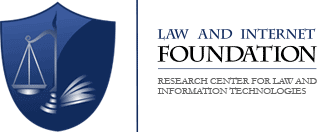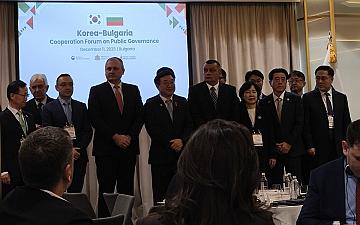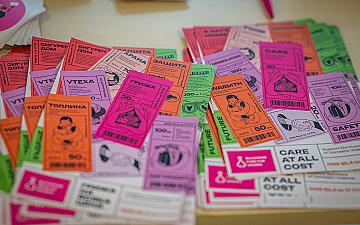On the 24th of February early in the morning, after a long period of threats, the Russian Federation attacked Ukrainе. The situation received a strong response throughout Europe and became the most discussed topic. However, the information about the war we receive is often incorrect, and in many cases even false. The current article aims to draw attention tо the disinformation messages that are widely disseminated and to expose false information.
Since the beginning of the tension between the two countries, Russian media have been limited in what they can share, especially in regard to what they cannot mention in their articles, reports, and news. At the very beginning of the attack by Russia, a video of the president appeared, notifying about the so-called "specialised military operation" aimed at "denacification and demilitarisation" of Ukraine., the word 'war' being expressly prohibited. The opposition newspaper Novaya Gazeta announce censorship of photographs showing Russian soldiers killed. At the same time, the Kremlin claims that the reaction of the Russian Federation is a result of the persistent aggressive behavior of Ukraine and its Western allies (Deutsche Welle, 2022).
Censoring the information that’s being shared is the first sign of an attempt for manipulation. In today's world, where people mostly get the news from social media, this type of suppression attempt is significantly hampered. Social media is rarely restricted and is an opportunity to counter disinformation. For this reason, Russia is making it difficult to access media outlets such as Facebook and Twitter, prompting citizens to find another way to freely disseminate their information. There is an increased interest in Telegram, created precisely for this purpose (Deutsche Welle, 2022).
Social media, however, is not only an opportunity to escape from propaganda, but it is also the perfect medium for spreading disinformation. Through them, the dissemination of any information is done extremely quickly through anonymous bot and troll accounts. Both of them are profiles controlled by computers whose purpose is to publish, share, and comment excessively. Trolls do the same thing, but these are real people who are most often paid to be overactive (more about bots and trolls and how to recognise them, you can read from here). Thus, the claim that Ukraine does not exist because her application for registering the borders in 1991 at the UN is missing, has reached a wide audience. This was refuted by a journalist of Factchek.bg, who finds a document from 2017 on the official UN website refuting the false statement (Marchev, G., 2022).
Information at all times, including during times of war, is a very powerful tool used deftly by stakeholders or state authorities. Making false statements in order to manipulate and spread chaos is a common practice in the places where authoritarian or totalitarian regimes rule, as well as in times of emergency situations and military conflicts. Methods of emotional influence are used, which strongly resonate in people, remain in their minds for a long time, and speed up the spread of the news repeatedly. Tsekulova, N., 2022). Therefore, everyone, from the ordinary reader to the major journalistic programs and the governing rulers, must do what is necessary to counteract the problem and reduce the damage.









